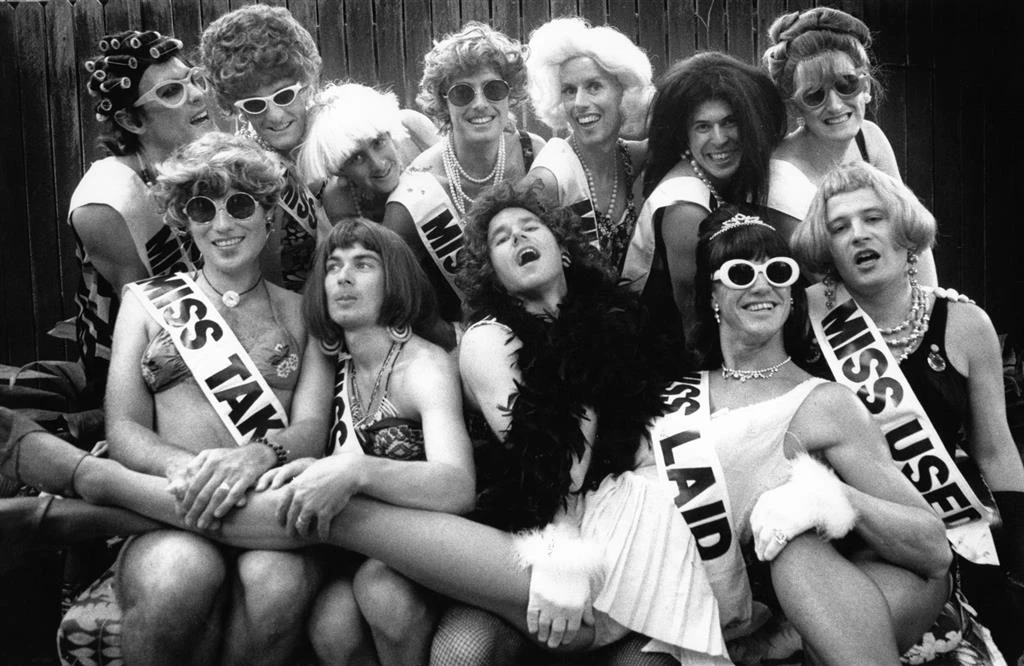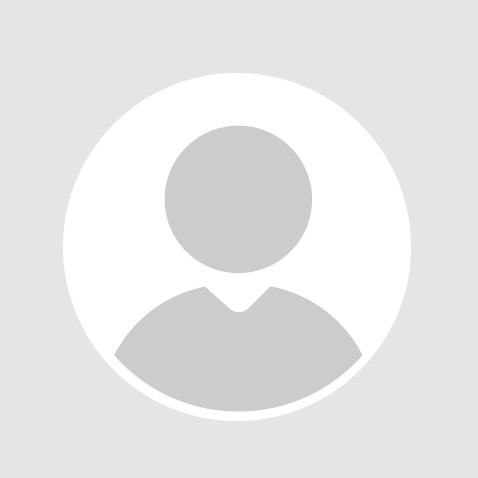Community & Purpose
Pride: A retrospective
“Perceptions were shifting, the once ‘othered’ were now being recognised as family members, friends, neighbours, and indeed, colleagues.”

For many countries around the world, June is acknowledged as Pride Month. It is a time to commemorate and celebrate the lesbian, gay, bisexual, transgender, intersex and queer (LGBTIQ+) members of our community.
To reflect on the history and hard-won victories of those brave enough to sacrifice everything to build a better future for queer generations to come. It is also a time to recognise the fight for equality is not over, with widespread discrimination and hateful rhetoric still rearing its ugly head behind closed doors and in public.


Gay Rights demonstration protesting against 1st Mardi Gras arrests, Martin Place, Sydney & Victoria Street, Darlinghurst, 15 July 1978. David Urquhart
With mass demonstrations and grassroots movements against social injustices, the 1970s proved to be one of Australia’s most turbulent political eras.
From Australia’s first gay rights demonstration picketing Liberal Party members for law reforms on 6 October 1971, protests grew through the 1970s, proving key to the movement’s progress and success.
At a time when homosexuality was still illegal in New South Wales, Australia’s queer community united to organise a series of events on 24 June 1978. Close to the ninth anniversary of the Stonewall riots in the US, where a violent police raid took place in a New York City gay bar.
The parade, described as ‘Mardi Gras’, saw hundreds of revellers march down Sydney’s Oxford Street chanting for equality and celebrating a sense of freedom. This sense of joy was short-lived and the parade ended in violence as police responded brutally, bashing and arresting 53 activists.
Such displays of brutality ignited outrage and mobilisation, as the plea for LGBTIQ+ rights garnered media attention helping to shift public opinion towards law reform.

Gay rights demonstrators arrested near Museum Station, Hyde Park, Sydney, September 1978. Tribune Collection


Graham Sylvester's crowd, Sydney Gay & Lesbian Mardi Gras, 1983. William Yang
As homosexuality was still considered a crime, the 1980s continued to be a time of activism promoting momentous change. The movement also branched out to more community-based and celebratory actions too.
In 1982 the Wran government in New South Wales passed an amendment to the Anti-Discrimination Act 1977, making it illegal to discriminate against LGBTIQ+ people.
However, the HIV/AIDS crisis during this decade altered the social and political landscape in many ways. In 1985, the theme of the now three-week Mardi Gras festival was ‘Fighting For Our Lives’, despite calls for its cancellation spurred on by the vilification and stigma surrounding AIDS and the LGBTIQ+ community.
In 1986 the transgender community began to gain the right to change their documentation to reflect their gender identity. The right to be legally recognised was an enormous milestone, pioneered by Estelle Asmodelle who is still active in providing support to LGTBIQ+ people.

Attendees at the third National Conference on HIV/AIDS, Hobart, August 1988. National Association of People with HIV Australia


The Beauty Queens, Sydney Gay and Lesbian Mardi Gras Parade, 1993. Andrew Taylor
It’s the 1990s, singer Kylie Minogue dominated queer nightlife and Australia is continuing to make great strides for equality.
In 1992 the Australian Cabinet voted to allow LGBTIQ+ people to serve in the military, lifting the ban to bring the Australian Defence Force in line with community values and Australia’s human rights obligations.
It’s not until 1994 that homosexuality is legalised via The Human Rights (Sexual Conduct) Act 1994, which overruled state laws. Not long after the first openly LGBTIQ+ person was elected to office in Australia. Ralph McLean was elected to the Senate in 1996, before formally becoming leader of the Australian Greens in 2005.

Pride March, Victoria, 1995. Graham Willett, Australian Lesbian and Gay Archives


Protesters Gather at 'Equal Rights for Same Sex Marriage' Rally, Taylor Square, Sydney, May 2004. Karl Sharp
By the noughties organisations slowly began to join the pride party, providing much-needed support to LGBTIQ+ colleagues and community members – and ANZ was a bold pioneer in defiance of its conservative status.
In 2007 a group of ANZ staff stepped foot on the pavement of Oxford Street during the Sydney Gay and Lesbian Mardi Gras, establishing the ANZ Pride Network and changing the organisation for the better.
Despite the risk of criticism from the broader community, ANZ continued to champion for inclusion and the employee resource group that aimed to be a voice for LGBTIQ+ colleagues and allies.
Perceptions were shifting, the once ‘othered’ were now being recognised as family members, friends, neighbours, and indeed, colleagues.

ANZ Pride's first Mardi Gras, 2007.


Marriage Equality celebrations, 2017. Getty Images
Despite same-sex de facto recognition reform in 2008-09, the disparities between de facto relationships and marriages remained apparent.
Between 2004 and 2017, same-sex marriage legislation would fail a staggering 22 times in the Federal Parliament.
After decades of protests and demonstrations by the LGBTIQ+ community and its allies, on 15 November 2017, 61.6 per cent of the Australian public voted ‘YES’ to amending the marriage act – redefining marriage as ‘a union of two people’. A monumental triumph for equality and inclusivity in Australian history.
For ANZ, the 2010s were a time to move beyond simply showing support, to activism. In 2014 we moved from celebratory sponsorship to premium partnership of the Sydney Gay and Lesbian Mardi Gras.
This included multiple campaigns taking the message to customers, employees and the wider community through ground-breaking creativity and authenticity.
These included the award-winning 2014 ‘GAYTM’ campaign, in which artists transformed 10 ANZ ATMs – underpinning our loud and proud support in the streets of Sydney. The 2017 emotive #HoldTight campaign, which highlighted research showing members of the LGBTIQ+ community feeling three times more uncomfortable holding hands in public than other Australians.
And the 2019 ‘Signs of Love’ campaign brought a little bit of Mardi Gras to several ‘Oxford Streets’ across the country to support the many LGBTIQ+ people who still feel unsafe in parts of Australia.

GAYTM, George Street, Sydney, 2015.

ANZ Mardi Gras, HoldTight Campaign, 2017.

ANZ 'Signs of Love Campaign', 2019.


Sydney Mardi Gras, 2021. Getty
And that brings us to the current decade. Reflecting on recent history can often be more difficult than reflecting on the past – as many of the battles for this decade are either still being fought or yet to start.
By looking back on the history of pride and the LGBTIQ+ community in Australia it’s clear to see how far we’ve come. And who we have to thank for bravely championing a more inclusive future. As a bank, we’re considered a ‘conservative organisation’, but there’s no doubt big companies play a significant role in driving conversations and shifting social perceptions of how our community should look and feel.
In 2022, ANZ was one of the first banks in Australia to provide customers with non-binary gender and gender-neutral titles to banking products in Australia. It was also the year that six-weeks paid gender affirmation leave was made available to employees in Australia, New Zealand, India, the Philippines and the Pacific.
As we adapt and evolve, we will fearlessly continue to take bold strides towards equality. While the pain of the past does not fully fade, by joining with our friends, family members and colleagues – we can create a more joyous and prideful future.

Shayne Elliott speaking at an ANZ Pride event, June, 2023.
Alexandra Galea is Content Coordinator at ANZ.
RELATED ARTICLES:
Economy
IN CHARTS: taking pride in participation
Diversity
